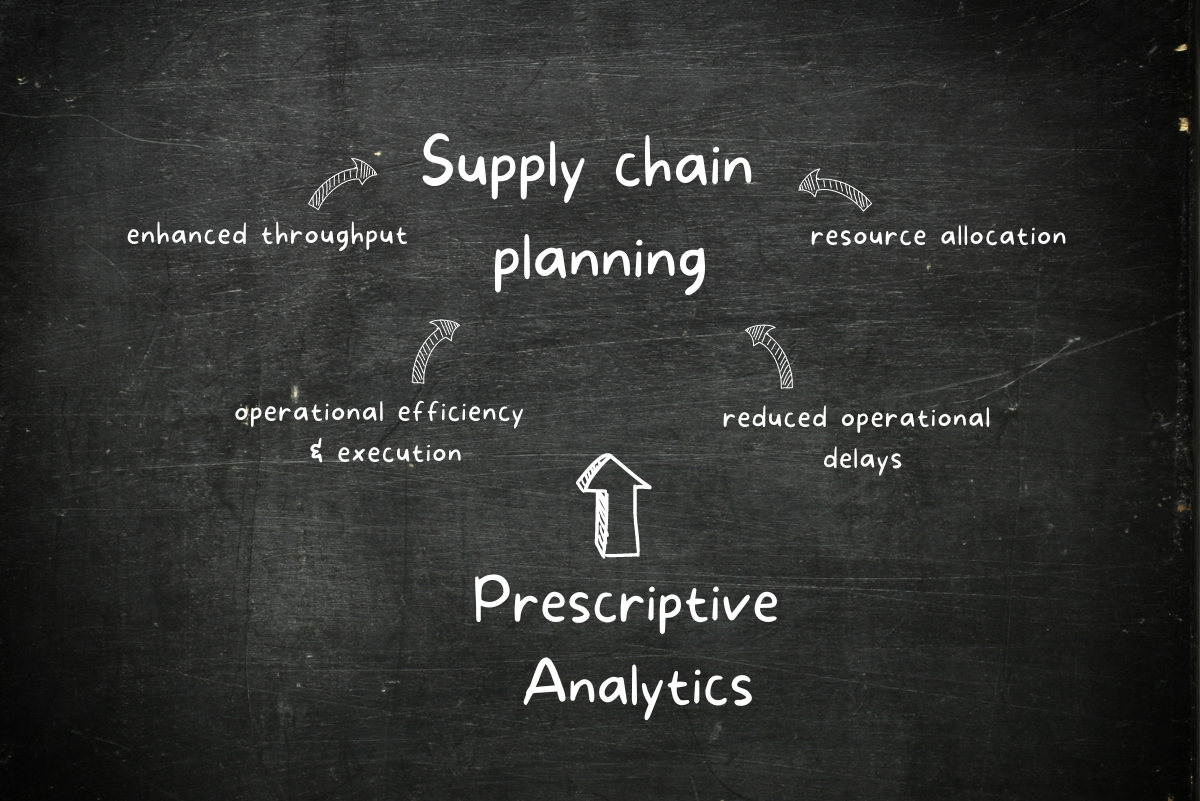About OnLocation
Onlocation is an independent analysis firm that uses quantitative methods to better inform business decisions and policy development at a wide variety of energy sector organizations. Their clients include government agencies, non-profit organizations, and energy-related businesses.
OnLocation’s primary integrated modeling tool is The National Energy Modeling System (NEMS), which is the most trusted integrated energy model used for projections and policy analysis in the United States. NEMS is a modular simulation model with multiple energy producing, consuming, and conversion sectors used by the U.S. Energy Information Administration (EIA) to produce annual energy projections and respond to Congressional analysis requests.
OnLocation provides technical support in the design, development, and application of NEMS to the EIA and other government and non-government clients.
Problem
According to the U.S. Department of Energy, solar installations in the U.S. have grown 35-fold since 2008. The average cost of solar photovoltaic (PV) panels has dropped nearly 50% since 2014, as well. This growth in renewables is key to driving the energy transition to carbon-neutral alternatives. However, it also poses new challenges for the electricity market. Unlike most commodities, electricity must be produced as it’s consumed.
As more renewable energy sources are added to the grid, the net load to be met by dispatchable generation – such as nuclear, coal, and natural gas – becomes more variable. For instance, you may produce surplus solar energy at the height of the day, but how do you then meet the load during the remaining evening peak hours when solar is no longer available? Storage offers a solution to this problem. It can shift electricity from one time period to another to fill in any gaps in generation, as well as absorb excess generation.
OnLocation used AIMMS to develop REStore, one of the submodules of NEMS. This Linear Programming (LP) optimization model helps relevant stakeholders determine hourly dispatch and storage capacity requirements for the optimal integration of renewables in the U.S. power grid.
Solution
REStore takes regional input data from the Electricity Market Module (EMM) in NEMS, such as:
- Electricity demands
- Generation capacity and operating cost
- Hourly generation profiles for solar and wind capacity
- Monthly factors determining caps for hydroelectric energy
- Storage capacity and discharge rate
- Storage efficiencies
It also takes in data points like maximum ramp-up/down rates for fossil generators and penalty costs associated with energy policies. The model then provides information back to the EMM on marginal electricity prices, storage operation hours, utilization hours by plant type, storage arbitrage values, and Variable Renewable Energy (VRE) curtailments. The output of the model is used to find the minimum cost of dispatch and storage utilization, using both existing capacity and new storage increments.
Results
REStore has become a critical part of electricity projections as the deployment of variable renewable generators increases. The model informs planning and policy decisions surrounding the introduction and optimal use of renewables in the grid. The implications of the model are far-reaching. For instance, as more electric cars enter the market, REStore might also be applied to determine the optimal timing of electric vehicle charging in the future. The model could also be expanded to assess the value of flexible demands that respond to changes in hourly marginal prices.
Watch an on-demand webinar to see REStore in action and learn more.






